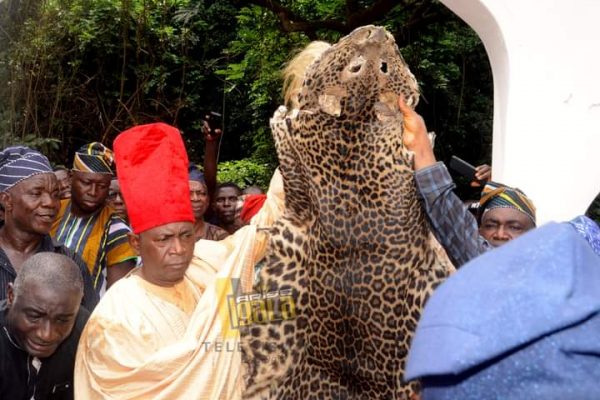The Mandrake tree, known as ‘Ólíná’ in Igala language, holds a mystical reputation as one of the most famous magical plants in the forest. It has numerous ritualistic, medicinal and other applications. In traditional medicine, it is utilized for treating a wide range of ailments including arthritis, bone pains, eye diseases, and even snake bites. (See details of ailments in my book, An Igala-English Dictionary Lexicon).
Mandrake is credited for its unrivalled medicinal value and aphrodisiac properties. It enhances fertility in women as attested to in Genesis 30: 14-16, which narrates the story of Rachel trading her husband for Mandrake roots. Leah’s son brought her Mandrake roots from the fields when she could not get pregnant for a long time after her first children for Jacob. Rachel, her sister and co-wife, “envied” Leah, for she was did not only get pregnant, she also gave Jacob his fifth, sixth and other children.
During the Middle Ages, the Mandrake was worn as an amulet believed to attract love. It also fights off diseases and protect users against demonic attack. At the same time, it’s believed to attract prosperity and happiness to the individual and his home.
The Mandrake, depicting its supernatural attributes, possesses a ‘humanoid’ root structure. This means that it bears features resembling the male and female human forms. A legend has it that, when it’s being uprooted, the Mandrake ‘screams’ like a human when people come to dig out and cut its roots, visiting them with death or madness.
At night, the Mandrake tree glows like a lamp, lighting its vicinity, adding to its mystical allure. Our ancestors who explored possibilities with the magic tree Local beliefs among the Igala people describe the Mandrake as an “ólí ùbàìlò” (a dreadful tree), emphasizing its extraordinary behaviour. Its presence in the forest keeps the surrounding area clean, as other plants dare not grow near it. Dropping its leaf on a river causes it to float upright with the current, a phenomenon noted in local folklore.
Despite its magical reputation, all parts of the Mandrake are poisonous and can induce severe hallucinations, delirium, and coma if ingested in large amounts. Harvesting it is considered risky due to its toxicity; traditionally, any part obtained is submerged in swamp water and soaked in palm oil to neutralize its harmful effects.
In Igala herbal practices, the Mandrake remains a symbol of both fascination and caution, embodying a potent blend of folklore and practical medicinal use.






